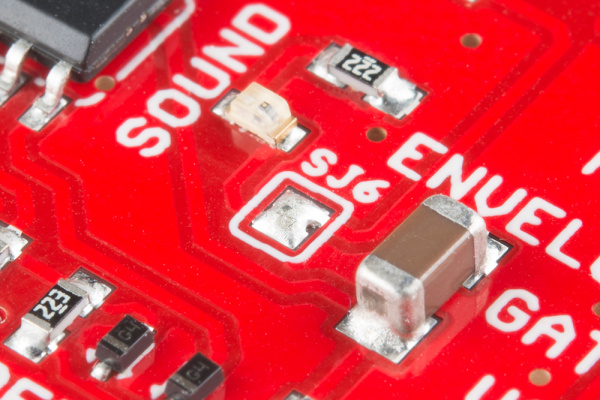

A traditional notch filter instrument compares the root mean square (RMS) value of the input waveform to the RMS value of the notched waveform, which has the fundamental frequency removed. There are two basic classes of THD meter: analog notch types and digital/software FFT types. Additional features may also be available in these instruments, such as digital multimeter (DMM) functions ( Figure 1). Therefore, engineers are turning toward a new class of instruments, called total harmonic distortion (THD) meters, to accurately detect speaker output distortion caused by open coils, torn speaker cones, and damaged structures at far less cost than a full-featured, laboratory grade FFT analyzer.Ī THD meter provides audio band measurements of non-linear distortion.

Still, a laboratory grade Fast Fourier transform (FFT) analyzer is not a requirement. Speaker cone and damaged structure tests, on the other hand, are much more challenging because the extent of damage due to a rubbing coil or torn cone is unpredictable. Open coil detection measurements can be performed by a simple AC voltmetereither the signal is there or its not. The speaker and microphone should be in an anechoic chamber, which can be nothing more than a fiberboard box lined with sound absorbing foam. To evaluate these problems, engineers need a basic test system that consists of an audio signal source with appropriate magnitude and frequency range for the speaker under test a microphone with a similar frequency response to pick up the speaker output and a meter to measure the microphone's electrical signal. Therefore, manufacturers are turning towards instruments to automate the audio testing process.įor speakers, the three most common mechanical faults are open coils, torn speaker cones, and damaged magnet/coil structures. This is a time consuming, expensive, and subjective method, with results that vary from person to person. It has been a fairly common practice to have assembly line workers pass or fail a speaker, or the entire audio circuit, by listening to a test signal and deciding if the sound quality is acceptable. Speakers frequently are damaged in handling, during shipment, and due to production equipment problems. Damage to speakers is a common source of these problems on products such as cell phones and mobile radios.
#Speaker clipping detector how to
One of the biggest problems on a wireless device production line is how to rapidly detect poor sound quality, which could have a root cause in any portion of the audio circuitry. N/AI>Engineers can eliminate production line hold ups by automating the test of audio components used in cellular handset and mobile radio design.īy: Glenn Fasnacht, Senior Analog Engineer,


 0 kommentar(er)
0 kommentar(er)
